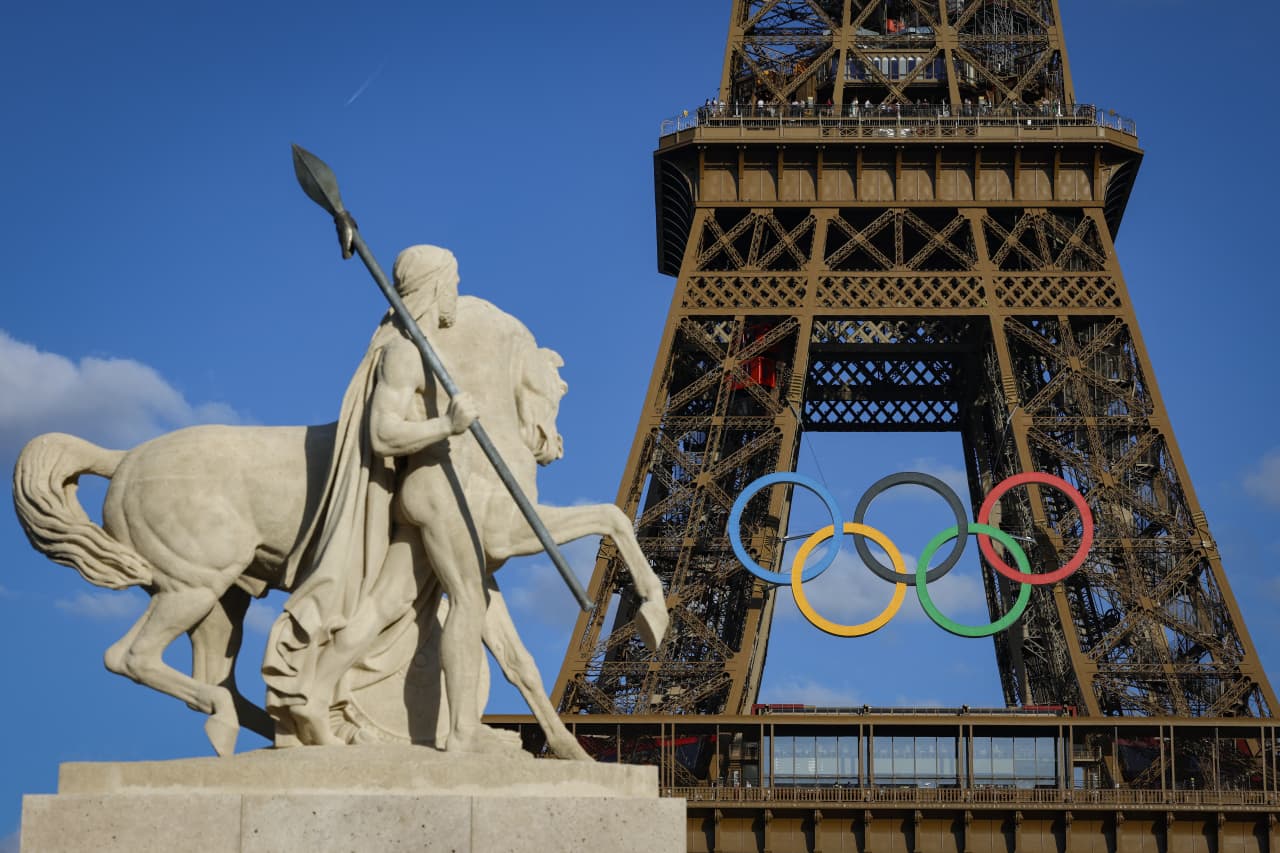Collecting Spirits for the Bottle Rather Than What’s Inside
More enthusiasts are buying spirits collectibles for the keepsakes themselves.
Collecting spirits is by no means a new pursuit. But these days more enthusiasts are buying spirits collectibles for the keepsakes themselves, as opposed to the liquid delights held within.
There are collectible decanters and unique bottle designs, limited-edition labels and artwork, and partnerships with fine purveyors of all manners of crafts. From the lovers of kitsch and those who enjoy completing hard to find sets, to the loyal aficionados of particular beloved brands, more people are collecting beautiful bottles and collaborations than ever.
An Old Trend Is New Again
Old Overholt, a classic rye whiskey brand, teamed up with Steinbach, a German manufacturer of fine wooden crafts, to produce a unique, highly limited run of nutcrackers. Fashioned in the likeness of Abraham Overholt, who founded the brand over two centuries ago, the nutcracker is standing behind a whiskey barrel and a sack of rye grain while holding a bottle of whiskey. The collaboration was tied to the holiday season this year, as a means of buying a whiskey-centric gift for a loved one that isn’t merely a bottle to drink.
“A collectible piece of craftsmanship like this offers whiskey drinkers an entirely new way to celebrate and display their love for the brand beyond a rare bottle,” says Bradford Lawrence of Beam Suntory, Old Overholt’s parent company. “To my knowledge, no other whiskey founder has been immortalized as a nutcracker like this, and so we’re thrilled to be able to offer a fun, new item for enthusiasts to seek out, get excited about, and show off to friends and fellow collectors alike.”
While an affordable brand might seem like an odd match for a premium collectible, it’s actually somewhat of a tradition within the world of American whiskey. Ceramic decanters of bourbon were all the rage in the 1960s and 1970s, with Wild Turkey and Jim Beam in particular releasing a litany of them. As journalist Aaron Goldfarb explained, the original idea behind them was to create an avenue to increase sales in the face of whiskey’s waning popularity in an era which saw vodka’s meteoric rise.

The tides have turned in recent years, and there are certain whiskey brands that have the opposite problem, a dwindling supply that can’t keep pace with fervent global demand.
That’s the case for Hibiki, the much sought-after blended Japanese whisky produced by Suntory Whisky. With several of its age-statement labels removed from the market due to that supply issue, one way it remains at the forefront for collectors is through the release of limited edition bottles. The 2021 limited edition of Hibiki Japanese Harmony features a flowing floral design, with 24 different blossoms depicting the 24 micro-seasons of the Japanese lunar calendar, atop the brand’s signature 24-facet bottle face.
Glenmorangie, meanwhile, released a limited edition of its 18-year-old single malt with a design from flower artist and botanical sculptor Azuma Makoto. He was inspired by Glenmorangie’s floral flavor palate and interpreted that taste into a piece of art with 100 blooms, including specific aromas from the whisky. The sculpture, dubbed Dancing Flowers of Glenmorangie, was photographed and featured on the label and gift box of the special edition Glenmorangie 18 Azuma Makoto bottle.
It seems like every major brand wants to get in on the fun. Angostura teamed up with specialty leather goods purveyor Clayton & Crume for a special cocktail kit in the form of a stylish leather dopp bag, with a number of handy accessories included. Standout cocktail bar Death & Co. teamed up with Jameson for a Cocktail Courier holiday kit which includes the Death & Co: Welcome Home cocktail book, bottles of Jameson Black Barrel and The Glenlivet 12 year old, and ingredients for several signature drinks.
Craft Goes Collectible
While large, global brands have a built in fan base that collects special-edition offerings, even smaller and craftier brands have been getting into the collectible arena. Drumshanbo Gunpowder Irish Gin released a limited edition ceramic bottle r with a style which reflects the oriental botanicals used in the spirit, such as gunpowder tea.
“With this bottle, our founder PJ Rigney wanted to pay homage to the traditional Chinese pottery that would have been used in tea ceremonies for hundreds of years—it was at one such ceremony that PJ first came across the gunpowder tea that sparked what ended up as the recipe for Drumshanbo Gunpowder Irish Gin,” says Conor O’Brien of The Shed Distillery. “If you look closely at the bottle you can see some iconic scenes from the village of Drumshanbo, as well as The Shed Distillery itself.”

With regulations for selling and shipping alcohol direct to consumers loosening up in many parts of the U.S., partially due to the pandemic, Westward Whiskey launched a first of its kind national members club. The Westward Whiskey Club was launched in 2019, but was extended across 30 states this year thanks to that shifting legal landscape. Members, who can opt to receive one or three bottles per quarter, receive exclusive club-only whiskeys with unique cask finishes, and bottles adorned with eye-catching metallic plaques.
“For some time now, we have received requests from Westward enthusiasts to engage with our brand and team on a deeper, more personal level, so we’re excited to offer them a platform to join our community,” says Thomas Mooney, Westward’s founder and CEO.
Reprinted by permission of Penta. Copyright 2021 Dow Jones & Company. Inc. All Rights Reserved Worldwide. Original date of publication: January 15, 2022.
 Copyright 2020, Dow Jones & Company, Inc. All Rights Reserved Worldwide. LEARN MORE
Copyright 2020, Dow Jones & Company, Inc. All Rights Reserved Worldwide. LEARN MORE
This stylish family home combines a classic palette and finishes with a flexible floorplan
Just 55 minutes from Sydney, make this your creative getaway located in the majestic Hawkesbury region.
As Paris makes its final preparations for the Olympic games, its residents are busy with their own—packing their suitcases, confirming their reservations, and getting out of town.
Worried about the hordes of crowds and overall chaos the Olympics could bring, Parisians are fleeing the city in droves and inundating resort cities around the country. Hotels and holiday rentals in some of France’s most popular vacation destinations—from the French Riviera in the south to the beaches of Normandy in the north—say they are expecting massive crowds this year in advance of the Olympics. The games will run from July 26-Aug. 1.
“It’s already a major holiday season for us, and beyond that, we have the Olympics,” says Stéphane Personeni, general manager of the Lily of the Valley hotel in Saint Tropez. “People began booking early this year.”
Personeni’s hotel typically has no issues filling its rooms each summer—by May of each year, the luxury hotel typically finds itself completely booked out for the months of July and August. But this year, the 53-room hotel began filling up for summer reservations in February.
“We told our regular guests that everything—hotels, apartments, villas—are going to be hard to find this summer,” Personeni says. His neighbours around Saint Tropez say they’re similarly booked up.
As of March, the online marketplace Gens de Confiance (“Trusted People”), saw a 50% increase in reservations from Parisians seeking vacation rentals outside the capital during the Olympics.
Already, August is a popular vacation time for the French. With a minimum of five weeks of vacation mandated by law, many decide to take the entire month off, renting out villas in beachside destinations for longer periods.
But beyond the typical August travel, the Olympics are having a real impact, says Bertille Marchal, a spokesperson for Gens de Confiance.
“We’ve seen nearly three times more reservations for the dates of the Olympics than the following two weeks,” Marchal says. “The increase is definitely linked to the Olympic Games.”

Getty Images
According to the site, the most sought-out vacation destinations are Morbihan and Loire-Atlantique, a seaside region in the northwest; le Var, a coastal area within the southeast of France along the Côte d’Azur; and the island of Corsica in the Mediterranean.
Meanwhile, the Olympics haven’t necessarily been a boon to foreign tourism in the country. Many tourists who might have otherwise come to France are avoiding it this year in favour of other European capitals. In Paris, demand for stays at high-end hotels has collapsed, with bookings down 50% in July compared to last year, according to UMIH Prestige, which represents hotels charging at least €800 ($865) a night for rooms.
Earlier this year, high-end restaurants and concierges said the Olympics might even be an opportunity to score a hard-get-seat at the city’s fine dining.
In the Occitanie region in southwest France, the overall number of reservations this summer hasn’t changed much from last year, says Vincent Gare, president of the regional tourism committee there.
“But looking further at the numbers, we do see an increase in the clientele coming from the Paris region,” Gare told Le Figaro, noting that the increase in reservations has fallen directly on the dates of the Olympic games.
Michel Barré, a retiree living in Paris’s Le Marais neighbourhood, is one of those opting for the beach rather than the opening ceremony. In January, he booked a stay in Normandy for two weeks.
“Even though it’s a major European capital, Paris is still a small city—it’s a massive effort to host all of these events,” Barré says. “The Olympics are going to be a mess.”
More than anything, he just wants some calm after an event-filled summer in Paris, which just before the Olympics experienced the drama of a snap election called by Macron.
“It’s been a hectic summer here,” he says.

AFP via Getty Images
Parisians—Barré included—feel that the city, by over-catering to its tourists, is driving out many residents.
Parts of the Seine—usually one of the most popular summertime hangout spots —have been closed off for weeks as the city installs bleachers and Olympics signage. In certain neighbourhoods, residents will need to scan a QR code with police to access their own apartments. And from the Olympics to Sept. 8, Paris is nearly doubling the price of transit tickets from €2.15 to €4 per ride.
The city’s clear willingness to capitalise on its tourists has motivated some residents to do the same. In March, the number of active Airbnb listings in Paris reached an all-time high as hosts rushed to list their apartments. Listings grew 40% from the same time last year, according to the company.
With their regular clients taking off, Parisian restaurants and merchants are complaining that business is down.
“Are there any Parisians left in Paris?” Alaine Fontaine, president of the restaurant industry association, told the radio station Franceinfo on Sunday. “For the last three weeks, there haven’t been any here.”
Still, for all the talk of those leaving, there are plenty who have decided to stick around.
Jay Swanson, an American expat and YouTuber, can’t imagine leaving during the Olympics—he secured his tickets to see ping pong and volleyball last year. He’s also less concerned about the crowds and road closures than others, having just put together a series of videos explaining how to navigate Paris during the games.
“It’s been 100 years since the Games came to Paris; when else will we get a chance to host the world like this?” Swanson says. “So many Parisians are leaving and tourism is down, so not only will it be quiet but the only people left will be here for a party.”
This stylish family home combines a classic palette and finishes with a flexible floorplan
Just 55 minutes from Sydney, make this your creative getaway located in the majestic Hawkesbury region.






















